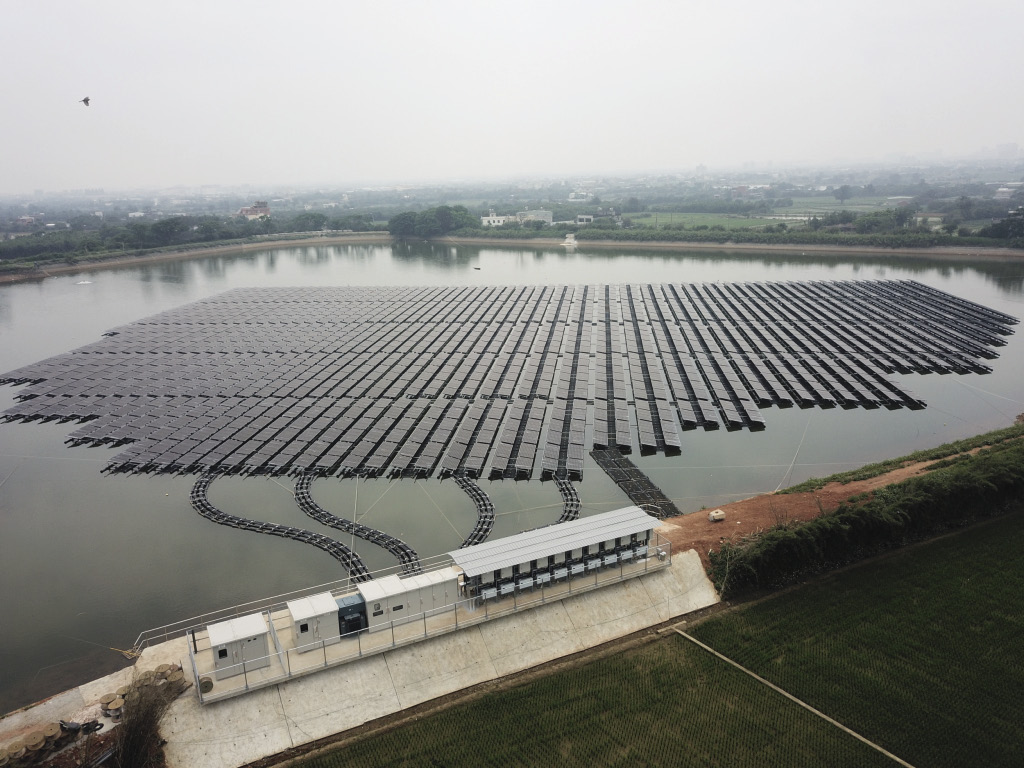Researchers from the Lahore University of Management Sciences in Pakistan have examined the potential to deploy floating PV on a body of water connected to one of the country's hydroelectric dams.
They published their findings in “Complementing hydroelectric power with floating solar PV for daytime peak electricity demand,” which was recently published in Renewable Energy.
Pakistan covers around 30% of its power demand with hydroelectric dams. Some of these facilities are of considerable size, like the Tarbela Dam, which reportedly has 3.5 GW of generating capacity. The University of Lahore scientists modeled the implementation of a floating array at the 1.45 GW Ghazi Barotha Dam, which features five generating units with around 290 MW of capacity each.
To cover daytime peak loads, installing a 200 MW floating system on the dam's reservoir could replace one of the five generating units if water levels are low. The researchers noted that Pakistan suffers frequent outages due to peak load hours during the day. The floating solar plant would work like a peaker plant, they said.
In terms of grid integration, the co-location of floating PV arrays with hydroelectric dams offers the chance to tap into existing infrastructure to cut costs. The scientists compared two approaches. In the first, they connected a floating PV system directly to a 500 kV transmission line system. In the other approach, they added a 132 kV sub-station.
They determined that the cost of connecting a solar PV array to the grid accounts for about 25% of total project costs. However, that shrinks considerably when such projects use the existing infrastructure of hydroelectric dams. With an additional 132 kV substation, the utilization rate can also be ramped up. The scientists suggested that a substation with import and export functions could distribute power more efficiently when a solar array is not generating at full load.
This content is protected by copyright and may not be reused. If you want to cooperate with us and would like to reuse some of our content, please contact: editors@pv-magazine.com.




Very informative blog.Thanks for sharing this
Great! thanks for sharing such an amazing informational article.